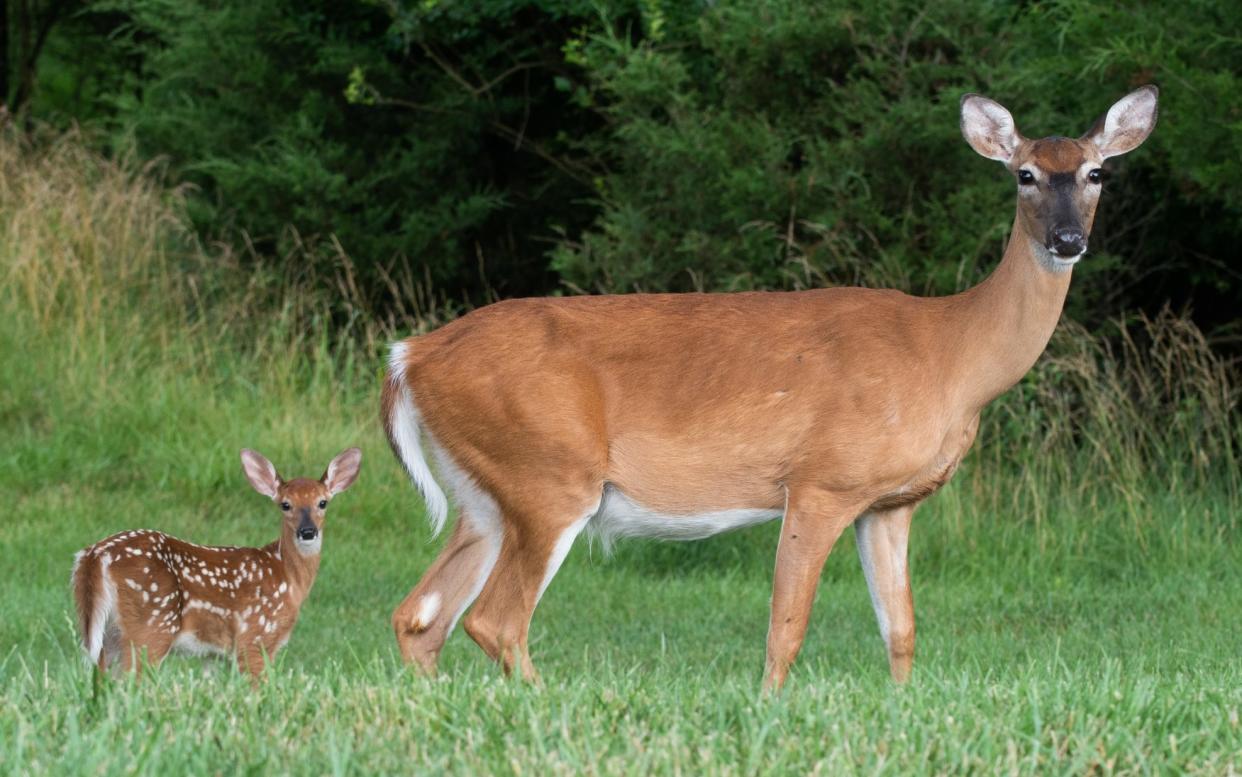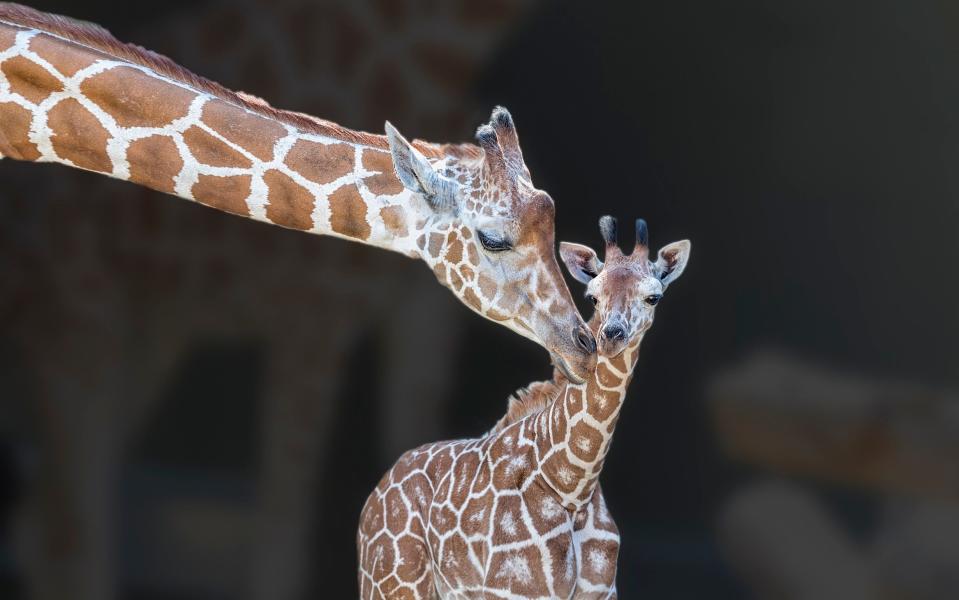Dreaming of the future: How mammals may see the world before they are born

When a deer is born it has its eyes open, a full coat of fur and can stand up in just 10 minutes. Later that day, it will take its first, wobbly steps.
How deer – and most other mammals – understand what they see and are able to navigate the world so soon after entering into existence has long mystified scientists.
But new research shows that, before they are born, mammals may dream about the world they are about to enter, preparing them for what they will see and experience.
A team of scientists from Yale University used mice – the most well-studied of all mammals – in their experiments and found waves of activity in their retinas before their eyes open.
Brain scans revealed that these waves form circuits which are similar to the way in which the brain processes visual stimuli normally, indicating that the process is similar to sight.

Michael Crair, professor of ophthalmology and visual science at Yale and the author of the study, said: "At eye opening, mammals are capable of pretty sophisticated behavior.
"It turns out we are born capable of many of these behaviours, at least in rudimentary form. These brain circuits are self-organised at birth and some of the early teaching is already done. It's like dreaming about what you are going to see before you even open your eyes."
Further analysis of the cells behind the retinal activity found that stopping the dream-like process in mice made them less able to function properly after being born.
Once the animal is born, the cells responsible for the prenatal dreaming are repurposed for sophisticated motion detection, allowing them to respond to visual clues.
Humans are something of an exception to the mammalian norm, with human babies born in a much more helpless and dependent state than other animals. Giraffes can walk from birth, whereas a human baby is incapable of holding up its own head for weeks.
However, the researchers say human babies are still capable of visual processing from a very young age and are able to identify objects and movements from birth, suggesting we too have a pre-birth priming process akin to that seen in mice.

